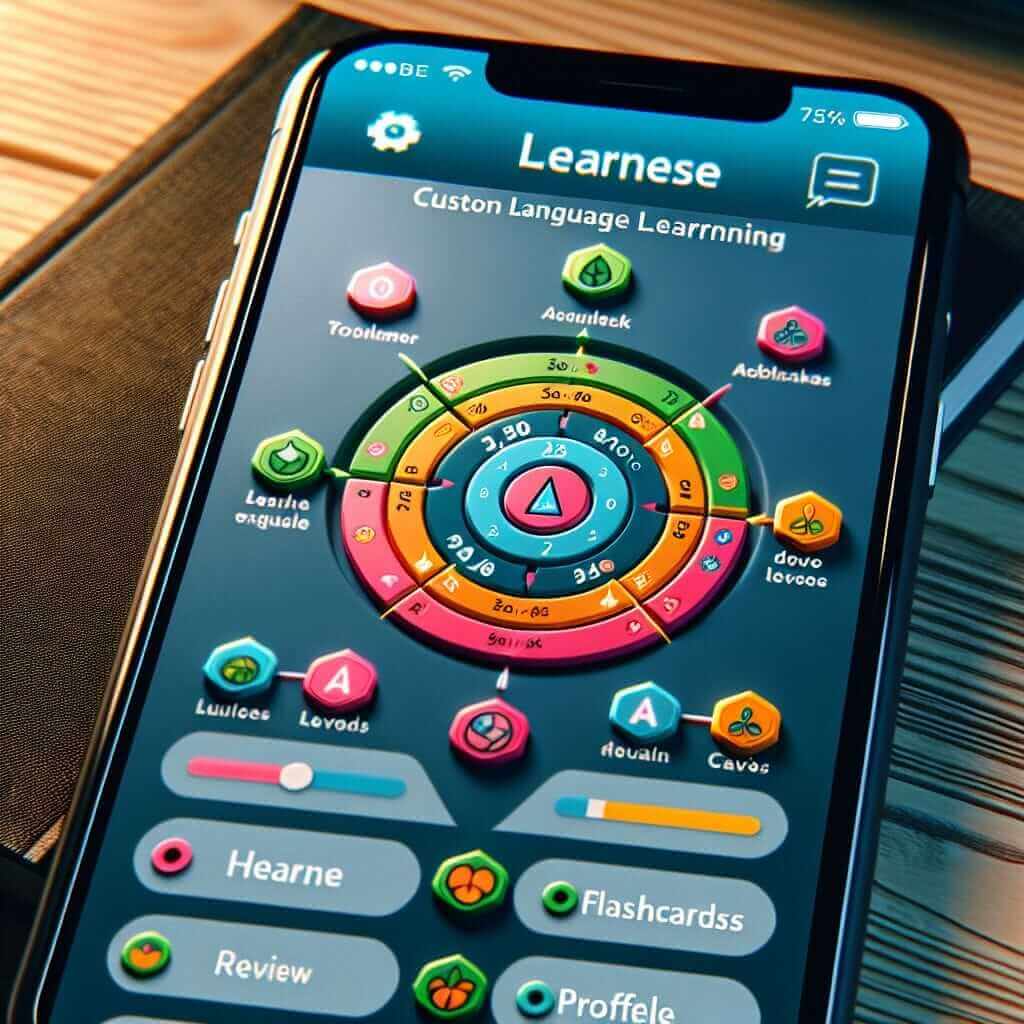In the IELTS Reading test, you are required to read passages and answer a series of questions related to the text. Understanding key themes, such as the impacts of technology on language learning, is essential as it frequently appears in IELTS exams. This practice passage explores the various ways technology influences language acquisition. By practicing with model tests, you can increase your proficiency in identifying relevant information and improve your overall reading skills.
Reading Passage
The Impacts of Technology on Language Learning
With the rapid advancement of technology, the landscape of language learning has undergone a significant transformation. Traditional classroom settings now coexist with a myriad of digital tools and platforms designed to facilitate language acquisition. This technological integration has several impacts on language learning, each with its distinct advantages and challenges.
Enhanced Accessibility
One of the most notable impacts of technology on language learning is enhanced accessibility. Learners from all over the world can now access language courses online without geographic constraints. Platforms such as Duolingo, Babbel, and Rosetta Stone offer interactive lessons that cater to various proficiency levels. Additionally, online forums and social media groups provide communities where learners can practice language skills with native speakers.
Personalized Learning
Technology also enables personalized learning experiences. Adaptive learning systems use algorithms to tailor lessons according to the learner’s pace and proficiency. This individual-focused approach ensures that learners receive the appropriate level of challenge, thus optimizing their language acquisition process. Statistics have shown that learners using personalized technology tend to progress faster compared to traditional methods.
 Personalized Language Learning App
Personalized Language Learning App
Enhanced Engagement
Digital tools such as language learning apps, educational games, and multimedia resources contribute to enhanced engagement. These tools incorporate elements of gamification—such as rewards, progress tracking, and interactive quizzes—to make learning more enjoyable. Studies have indicated that gamified language learning environments display higher retention rates among learners.
Real-time Feedback
Real-time feedback is another pivotal benefit of technology in language learning. Speech recognition software and AI-powered tutors can provide instant corrections and suggestions. This immediate feedback helps learners correct their mistakes on the spot, leading to better pronunciation and grammar accuracy over time.
Challenges of Overreliance
However, the dependency on technology also presents challenges. Overreliance on digital tools may limit face-to-face interaction, which is a critical component of effective language practice. Furthermore, the quality of online content varies, and not all digital platforms maintain high educational standards, posing the risk of learners being exposed to inaccurate or inadequate language models.
Overall, while technology presents numerous benefits in the realm of language learning, learners must find a balanced approach that integrates both digital tools and traditional methods.
Practice Questions (Medium Text)
Question 1: Multiple Choice
What is one main advantage of technology in language learning mentioned in the passage?
A. Universal access to language courses
B. Reduced need for face-to-face interaction
C. Lower costs associated with language learning
D. Increased reliance on traditional teaching methods
Question 2: Identifying Information (True/False/Not Given)
Statement: Gamified language learning environments have lower retention rates compared to traditional methods.
Question 3: Summary Completion
Complete the following summary using words from the passage.
Digital tools such as language learning apps incorporate elements of ___, making the learning process more enjoyable and leading to higher retention rates.
Question 4: Matching Information
Match the technological advancement with its corresponding impact:
- Adaptive learning systems
- Speech recognition software
- Online forums and social media groups
A. Real-time corrections
B. Tailored lessons according to learner’s pace
C. Practicing language skills with native speakers
Answer Key and Explanations
Answer 1: Multiple Choice
Correct Answer: A. Universal access to language courses
Explanation: The passage mentions that learners can now access language courses online without geographic constraints.
Answer 2: Identifying Information
Correct Answer: False
Explanation: The passage states that gamified language learning environments display higher retention rates among learners.
Answer 3: Summary Completion
Correct Answer: gamification
Explanation: The passage notes that digital tools incorporate elements of gamification to make learning more enjoyable.
Answer 4: Matching Information
1 – B. Tailored lessons according to learner’s pace
2 – A. Real-time corrections
3 – C. Practicing language skills with native speakers
Explanation: Each technological advancement is matched with its specific impact as listed in the passage.
Common Mistakes and Tips
Common Mistakes
- Skimming Over Details: Many learners tend to skim over the text without paying attention to details. Always read thoroughly.
- Misinterpreting Information: Ensure you understand the passage’s context before answering.
- Over-reliance on Predicted Answers: Don’t assume answers based on prior knowledge; base them on the passage.
Vocabulary
- Adaptive (adj.): /əˈdæptɪv/ – Able to adjust or adapt to different conditions.
- Gamification (n.): /ˌɡeɪmɪfɪˈkeɪʃn/ – The process of adding games or gamelike elements to make activities more engaging.
- Pronunciation (n.): /prəˌnʌnsiˈeɪʃn/ – The way in which a word is pronounced.
Grammar
- Gerund and Infinitive Forms: Example: “Practicing language skills can be facilitated by using technology” vs. “To practice language skills effectively, use a mix of traditional and digital methods.”
Conclusion
In conclusion, integrating technology in language learning offers numerous benefits, including enhanced accessibility and personalized learning experiences. However, it’s crucial to balance technology with traditional methods for optimal results. By consistently practicing with model reading passages like the one above, you can sharpen your reading skills and achieve higher scores in the IELTS exam.


